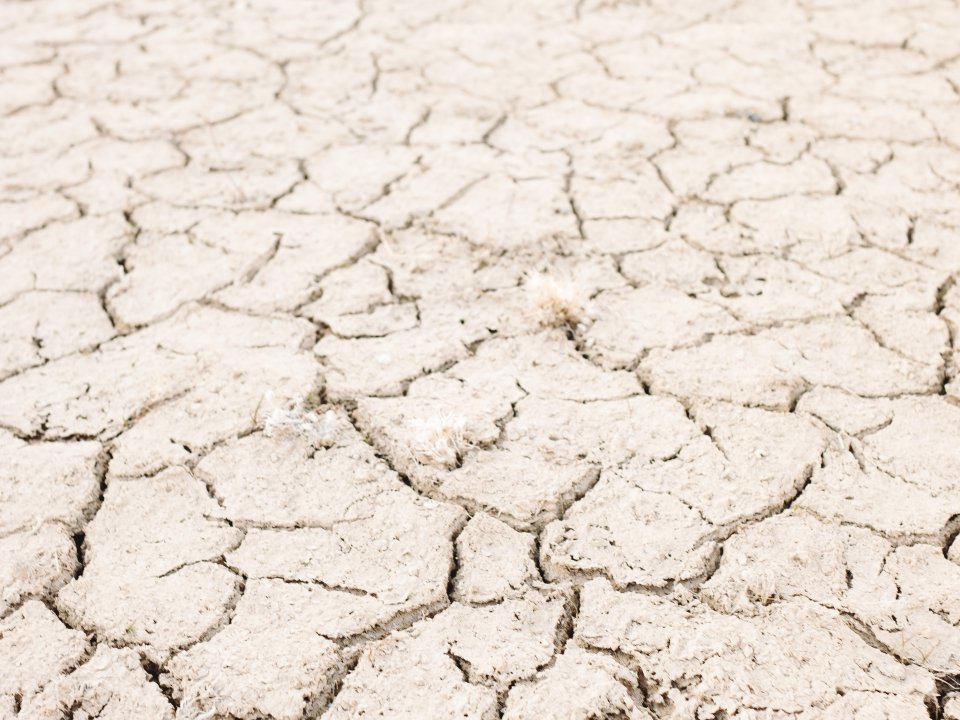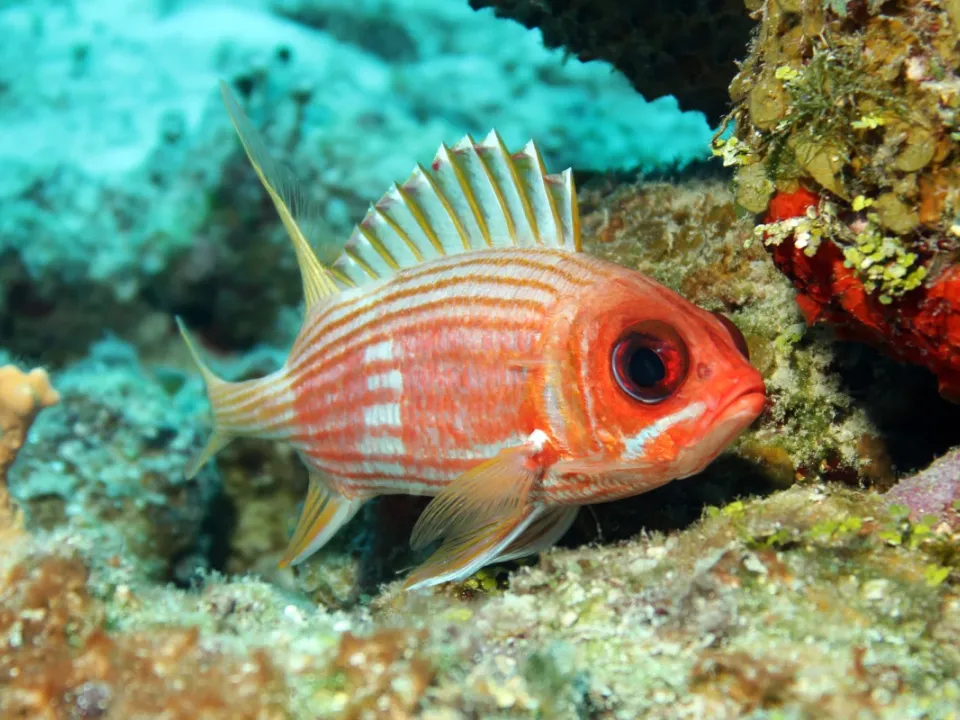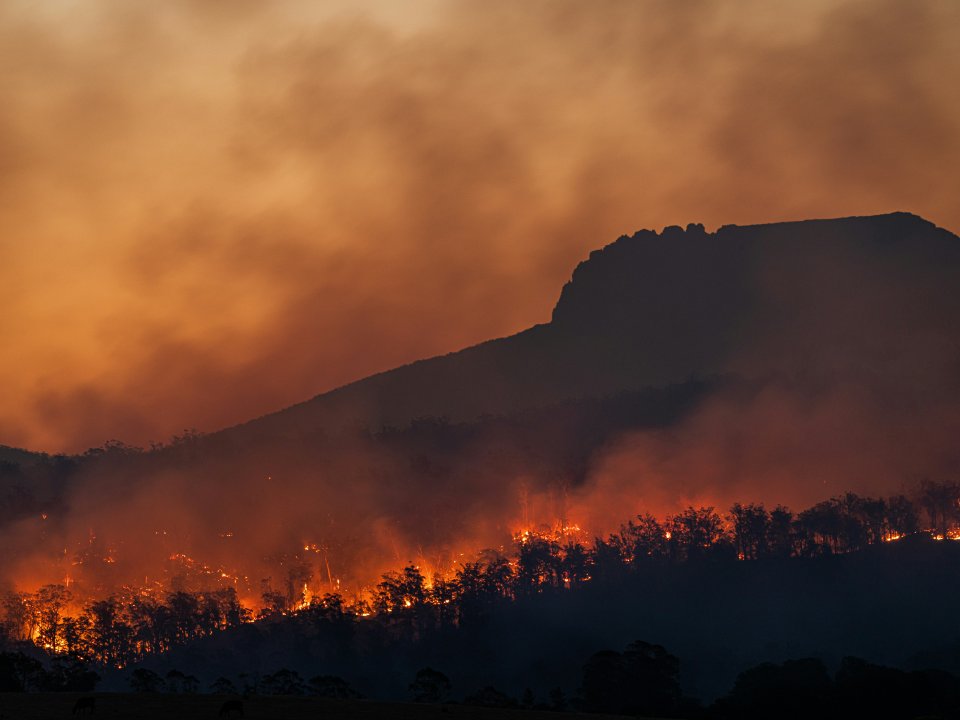News
The effects of climate change are often communicated through data that rely on averages. When experts tell us that the Earth’s annual temperature has increased by an average rate of 0.32 degrees Fahrenheit per decade since 1981, or that the average hurricane has become stronger over the past 39 years, how do we apply that information? While accurate on a macroscale, it doesn’t speak to the specific, concrete, local impact of climate change in the towns and villages and hamlets of the world.
“Despite the sophisticated climate models that are developed by NASA’s Earth Observatory and by all kinds of climate scientists, we don’t have the capacity at the level of villages or at the level of valleys, for instance, to anticipate climate change amongst the people who are at the vanguard of that change,” says Karim-Aly S. Kassam, Natural Resources and the Environment/American Indian and Indigenous Studies. “These are largely Indigenous peoples who did not contribute to the primary roots of climate change and currently do not contribute significant amounts of greenhouse gas emissions per capita, yet they are among the first affected.”
Historically, these communities have endured cultural genocide, marginalization, and war—often due to the politics of the Cold War and resource extraction, Kassam explains. “So this becomes not only an intellectual challenge to address the issue of climate change but also a challenge of ethics and social justice,” he says.
In a Cornell University study led by ecologist Aaron Rice, a team of scientists investigated a class of fish known as the ray-finned fishes. These make up 99 percent of all known fishes, and as their name suggests, their fins take the form of webs of skin supported by bony rays.
For the study, the researchers looked at existing papers on fish sounds, recordings of those sounds, and references to such sounds in 19th century literature (before hydrophones were invented). Importantly, the team also studied the anatomy of the various ray-finned fishes, to see which ones possessed features similar to those of fish which are known to vocalize. Such features include sound-specific muscles, an air bladder, and distinctive bones.
Covid-19 cases are exponentially rising across the world, including in the United States. New York City, for example, continues to break its own record for positive cases in a single day. Much of the concern with these new infections relates to cases in which a fully vaccinated individual contracts the disease.
A rare bird spotted in Massachusetts has birdwatchers wondering how it arrived on the East Coast since the bird, known as a Stellar's sea eagle, is native to Asia.
While some of these sea eagles have appeared in Alaska, the state closest to the bird's home continent, none have been seen in Massachusetts, much less in Texas and in other states.
This eagle was rumored to be visiting the Taunton River in Massachusetts, and as it roamed the area, more than a hundred photographers and birders turned up.
The Steller's sea eagle is one of the largest raptors in the world, weighing up to 20 pounds with a wingspan of up to 8 feet. It is native to China, Japan, Korea and eastern Russia, according to Smithsonian Magazine. You can identify the bird by its yellow beak and white patterned feathers on its wings.
Before the days of antiseptic supermarkets, with their fluorescent lights and linoleum floors, food was sold in very different types of markets, most of which would not pass muster to a modern health inspector
As the chillier weather of late fall arrives in the Mid-Atlantic region, so too come other annual visitors: large, majestic bald eagles.
Flying hundreds of miles, these predatory birds follow the coast and riverways as they search for fishing grounds that will sustain them through winter. For many, that perfect fishing spot is at Maryland’s Conowingo Dam, north of Baltimore on the Susquehanna River.
As in many other places in the Mid-Atlantic, resident eagles can be seen year-round at Conowingo. But in the fall, the number of eagles can explode into the hundreds, as their northern cousins follow the Susquehanna down from its headwaters in Cooperstown in Central New York. Others follow the Atlantic Coastline, reaching the top of the Chesapeake Bay.
Imagine a world in which supermarket shelves were void of corn-based products like corn flakes and polenta, while grains like rice and barley were pricier and the selection smaller. Such a future could be just around the corner due to climate change, which stands to make some crops scarcer and others unexpectedly abundant — meaning the human diet, and your own personal food consumption habits, stand to drastically change.
As climate change makes wildfires more frequent, scientists are racing to understand how animals suffer.
A new collaboration shows that navigating climate change requires radically re-envisioning the ways in which we create knowledge. Karim-Aly Kassam, the International Professor of Environmental and Indigenous Studies in the College of Agriculture and Life Sciences, is leading a project that brings together Indigenous and rural communities and scholars from across the globe to develop ecological calendars that integrate local cultural systems with seasonal indicators.






